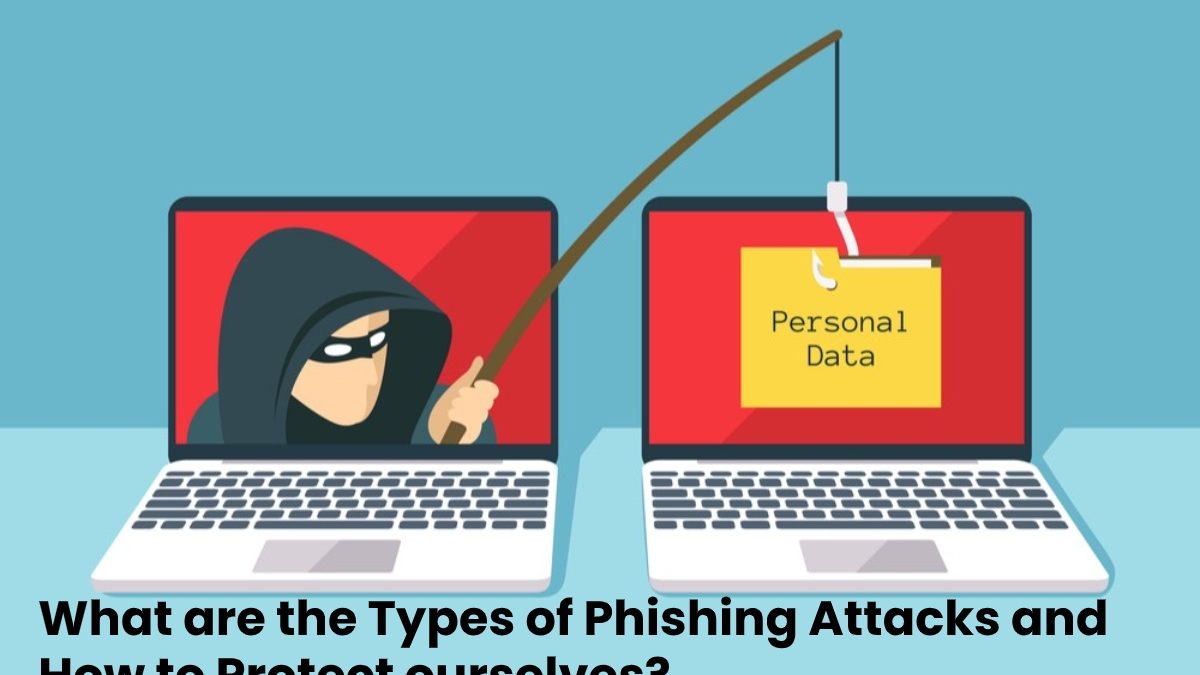Our security is something that we must take care of whenever we surf the Internet. A way to protect our systems, networks, maintain a good connection, and, ultimately, also preserve our privacy. There are many attacks that we can undergo. Hackers use multiple methods to steal our keys and attack computers. In this article, we are Aiming to explain what types of Phishing attacks we can find and, most importantly, what to do to avoid them.
Table of Contents
Types of Phishing Attacks
First of all, we are going to remind our readers what Phishing attacks are. Basically, we can say that it is a widely used method by cybercriminals to impersonate identity. They look for ways to steal passwords from users. It is something that can be present in all kinds of equipment and systems.
Now, to deploy these attacks, hackers need to trick the victim. Therefore, common sense is essential and thus avoids problems that may lead to theft of passwords.
Phishing by Mail, Messaging Applications
The most normal thing is that a Phishing attack comes through an email that we have received. However, it can also happen that it reaches us through social networks or even by instant messaging programs like WhatsApp.
In this case, what we are going to receive is a message that seeks to supplant the identity of a legitimate company or organization. They try to make us believe that we are dealing with something official, something safe, but in reality, when you log in or send our data, they end up on a server controlled by hackers.
It is undoubtedly the classic Phishing, the one that has been with us for many years. Hackers can send emails in bulk to many users. They can find a way to steal our passwords and, ultimately, put our privacy at risk.
As an alternative to Phishing, as we have mentioned, there is Spear Phishing. It does not vary much from the traditional ones, but in this case, it has a job behind it, since the cybercriminal previously searches for information from the victim in order to send a more personalized attack.
These attacks can be more successful since when they are directed at a specific person, they are more likely to end up opening it and fall into the trap.
Links Hidden in Redirects and Links
Phishing not only comes through a message but can also be in a hidden redirect or a malicious link within a website that we visit. The operation, however, is very similar. The user accesses that link that appears on a certain page, and through that moment, they can end up in a malicious site where they download malware, enter data and end up on a server controlled by hackers, etc.
Therefore, you must be careful when browsing the Internet. We must always log in directly from the official website or the legitimate application. We must avoid doing it through links that we find when browsing third party sites.
Vishing and Smishing
Different cases are those of Vishing and Smishing. The first is a Phishing attack involving a call. They can call us by posing as our bank, for example, for the sole purpose of collecting personal information and stealing our passwords.
On the other hand, Smishing is Phishing that reaches us through SMS. A simple text message can include a link that takes us to a page controlled by hackers. A problem that, as in the previous cases, could lead to the theft of information.
How to Protect Ourselves from Phishing
Common sense is very important. Hackers are going to need our interaction to achieve their goals. They are going to need us to click on a link, open an email, enter our password, etc. So common sense is essential. It is vital not to make mistakes.
It is also interesting to have security tools. A good antivirus can prevent the entry of malware and certain threats. For example, when browsing a web page that is not secure, you can send us a warning message.
On the other hand, it is always recommended to have the latest versions and security patches. We need the latest updates in order to correct possible vulnerabilities that may be exploited and put our security and privacy at risk.
In short, Phishing is a major problem that can put our systems at risk. It is essential that we take steps to avoid falling victim to this problem.
MORE INFO:- heaalthlive

